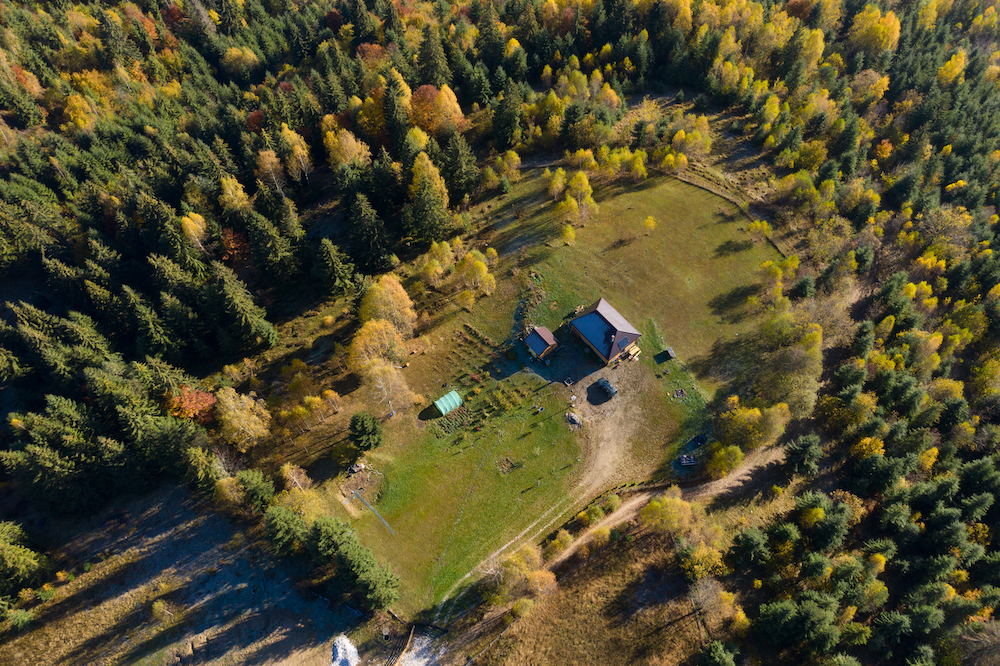
Many properties have uses that blur the line between residential and commercial classification, leading to delays that cost loan officers valuable time and closed deals. An early, accurate evaluation can save you countless hours.
By confirming land use and income potential sooner, you can structure deals accurately and avoid late-stage surprises that derail agriculture land loans. And at United Ag Lending, we help you do just that.
What makes a property “commercial?”
When evaluating rural land, size alone doesn’t make it “commercial.” Usability, zoning, and income potential are the key factors in determining whether land qualifies as commercial. Most appraisers consider land commercial if it can support growing crops, raising livestock, or housing barns and equipment, even if there’s a residence on the site.
This specification includes properties such as cattle ranches, feedlots, avocado farms, row crops, and orchards. Residential-agricultural hybrid properties are common, but if the primary purpose is agricultural income, the loan generally must follow commercial guidelines.
Loan officers should pay close attention to use cases to avoid structuring the deal under the wrong classification.
The Cost of Property Misclassification
Misclassifying a commercial ag property as residential can lead to setbacks. Commercial agriculture land loans follow different standards, require separate documentation, and often involve longer timelines. If the true use of the land isn’t identified upfront, deals can collapse during underwriting, wasting time for everyone involved and damaging your credibility. In fast-moving markets, your borrower could even lose the property to a better-prepared buyer.
As a loan officer, you can stay alert for warning signs early in the process, such as multiple parcels, agricultural income, or large outbuildings indicating that a property should be commercial. Catching these indicators early allows the deal to be structured correctly from the beginning.
Know Enough to Ask the Right Questions
While appraisers ultimately determine a property’s highest and best use and value, as a loan officer, you can identify potential red flags or inconsistencies early in the process. You play a critical part in setting the deal up for success. Start by asking detailed intake questions about the land’s intended purpose, whether it’s for farming, ranching, or recreation.
Watch for clues that suggest commercial use, and don’t hesitate to reach out to your United Ag Lending account executive early. They can help verify whether the property qualifies and guide you on next steps. Confirming land type and loan eligibility upfront ensures you structure deals properly and reduces the risk of delays.
Manufactured Homes Are In
Double-wide manufactured homes built after 1976 on permanent foundations are now financeable through United Ag Lending. This opens the door to more flexible land deals, especially for borrowers combining residential living with agricultural or recreational land use. Loan officers should revisit past leads that may now qualify under these expanded guidelines.

Get the Green Light on Your Land Deal
Loan officers who ask the right questions and collaborate with ag lenders early can close deals faster, minimize risks, and tap into overlooked land opportunities.
Try our easy loan tool to assess your property’s potential and quickly submit details directly to our expert team for personalized guidance.
Read More About Ag Financing


